AHA vs BHA vs PHA: Skin Benefits & All You Need to Know

Acids for skin care? Doesn’t seem quite right. When you think of acids, you think of something caustic and burning. But acids are actually surprisingly effective ingredients that help our skin in many ways.
Certain acids are essentially exfoliators that are much milder than granule based scrubs. There are three main kinds of acids that are used in skin care
- AHAs or Alpha Hydroxy Acid
- BHAs or Beta Hydroxy Acid
- PHAs or Poly Hydroxy Acids.
Don’t worry; they are not as complicated as they sound. Here’s a simple guide to understanding AHAs, BHAs and PHAs.
AHAs or Alpha Hydroxy Acid

Let’s start with the first of the three, AHA or Alpha Hydroxy Acid. These hardworking acids can be found in many natural ingredients like sugar, milk and fruits. They are perfect for older and acne prone skin. They are also useful for reducing oil and blemishes.
AHAs or Alpha Hydroxy Acid’s are of two main kinds –
1. Glycolic Acid –
- Glycolic Acid has a smaller molecule size, so it penetrates the skin, and works on sun damage at deeper levels of the skin.
- It removes the upper layer of dead skin, but also erases deep-set red marks left by scars or acne.
2. Lactic Acid –
- It has a bigger molecule size and removes the upper layer of dead skin cells, without irritating it too much.
- Lactic Acid is more suitable for those whose skin is easily irritable and frequently breaks into acne or rashes.
If used regularly, both of these AHAs help to
- Exfoliate skin effectively.
- Even out pigmentation patches and skin tone.
- Prevent new acne spots from developing.
- Reduce wrinkles by promoting new cell turnover and creation of collagen in skin.
- Make skin more healthy and supple by constantly removing the top dull layers of skin.
- And make skin radiant by locking in moisture.
Make a homemade mask packed with AHA based ingredients to enjoy these many benefits.
BHAs or Beta Hydroxy Acid

Next up in understanding AHAs, BHAs and PHAs are BHAs or Beta Hydroxy Acid.
These are skin friendly chemicals that act as exfoliators. They are suited for both oily and acne prone skin. So what do BHAs do?
- They remove excess oil from the skin, as they delve into the pores and dissolve sebum.
- They exfoliate skin effectively, but not too harshly.
- They help to prevent acne by dissolving and removing sebum.
- They remove blackheads and milia (white bumps), making skin smoother.
- BHAs also reduce skin inflammation and redness by having a soothing effect on it.

Salicylic Acid - The most popular and easily available Beta Hydroxy Acid is Salicylic Acid. For those with acne prone skin, regularly using a Salicylic Acid based cleanser or serum like this Alpha arbutin serum from Dot & Key, is the best way to remove excess oil and still retain a healthy glow. The skin friendly chemicals in this serum are mild, yet effective in keeping acne at bay.
PHAs or Poly Hydroxy Acids
The last acid in this guide to understanding AHAs, BHAs and PHAs is Poly Hydroxy Acids. These slow workers do work miracles, but you have to give them time and patience.
They are extremely mild and are perfect for sensitive skin. PHA’s have bigger molecules than AHAs, so they don’t delve too deep, but they also don’t irritate the skin too much. With regular use, PHAs or Poly Hydroxy Acids can –
- Exfoliate the skin gently, revealing fresher skin underneath.
- Work like an antioxidant and repair skin damage. This can make sensitive skin firmer and healthier without irritating it.
- Reduce redness and inflammation while still gently cleansing the skin.
- Minimize the effects of and tackle sensitive skin conditions like Eczema or Rosacea.
Gluconolactone is the most popular PHA that is often found in many skin care products. If you have extremely sensitive skin, opt for a PHA based cleanser or serum to get the best results.
What To Keep In Mind
- If you are using any of these acids, do keep in mind that your skin needs an added layer of protection from the sun after using them. So always apply plenty of sunscreen after using AHAs, BHAs or PHAs. If you want the best results, try and use these acids at night before going to bed, clean your face in the morning and follow up with sunscreen.
- Using a combination of AHAs and BHAs can help those with severe acne, blemishes, scars and oily skin, to get rid of the same in a very short time. But do remember to use it in moderation and not go over board with it. Too much acid can make the skin dry and rough.
Take The Leap

Hope this simple guide to understanding AHAs, BHAs and PHAs has helped demystify these acids.
Don’t be intimidated by their big names, take the leap and include these acids in your everyday skin care regime. But do keep your skin type in mind. With regular use, you will get perfect glowing skin in no time.
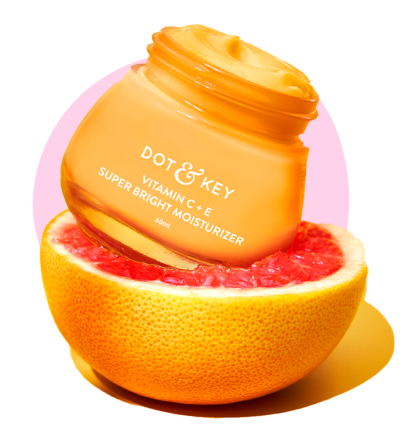
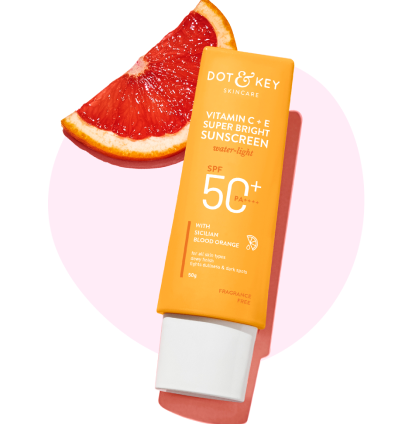
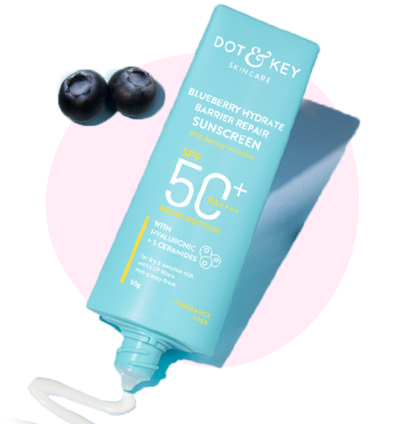
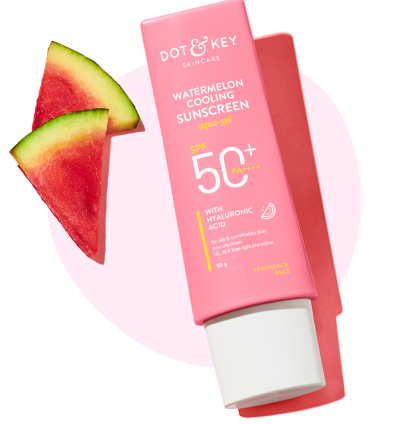
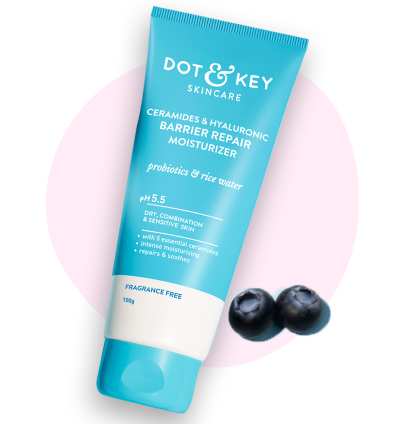
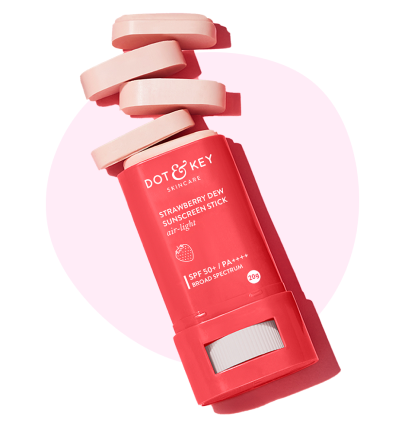
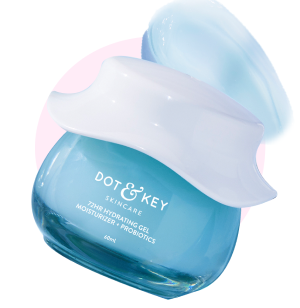

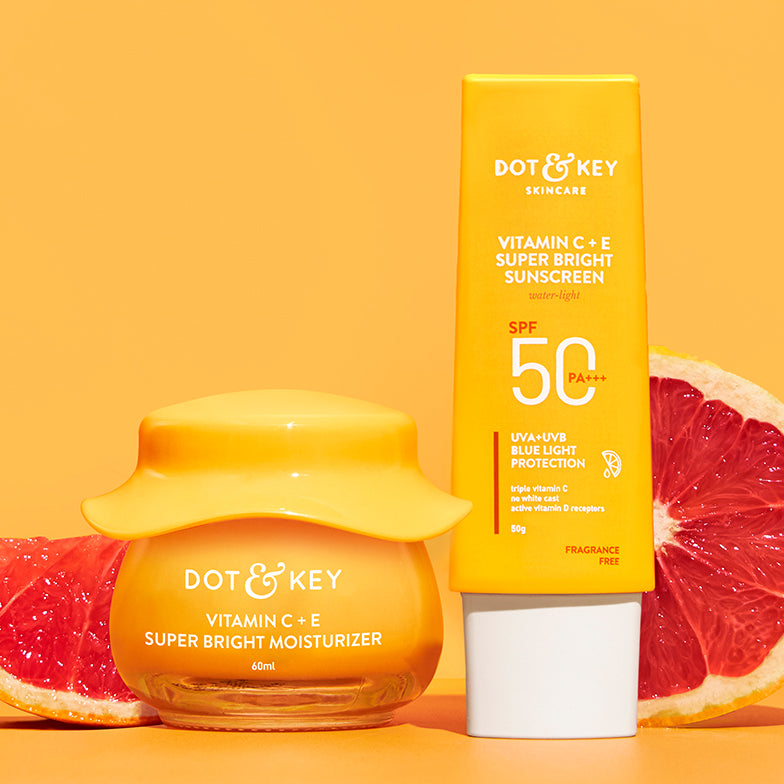





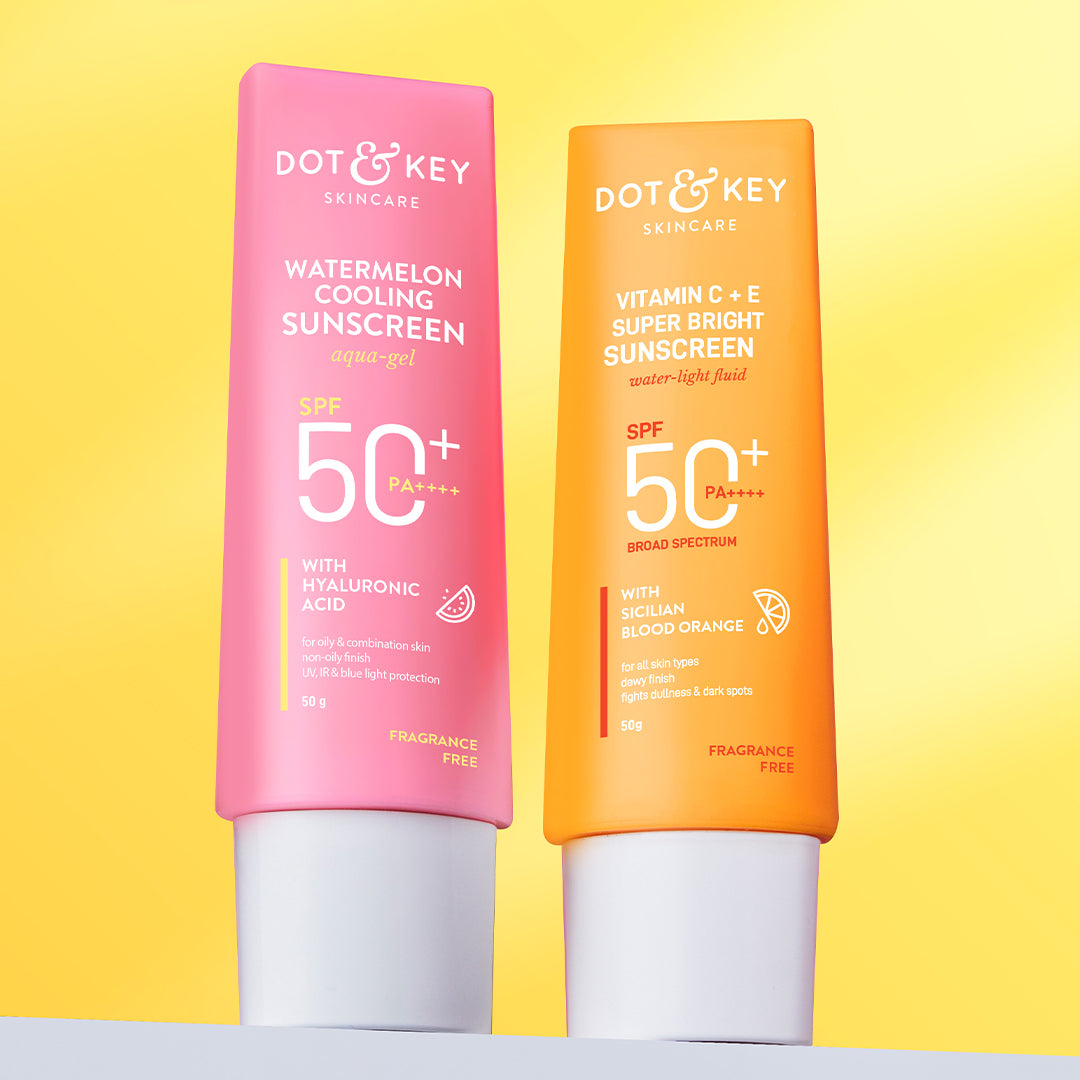



Leave a comment